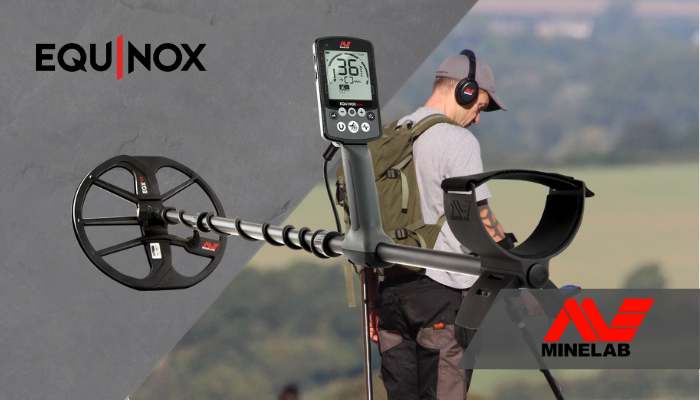All ferrous targets produce a combination of a ferrous and
nonferrous response (mixed toned). Large ferrous targets can even present
stronger nonferrous than ferrous responses.
Ferrous targets sitting near to a nonferrous target can
produce a similar `mixed toned’ response. The Iron Bias Menus (FE and F2)
provides some control over the target responses. A lower Iron Bias setting will
allow the natural response to dominate which means that the target is more
likely to be classified as a nonferrous target when there’s a mixed tone
response. A higher setting will increase the likelihood that the same target is
classified as ferrous. The Iron Bias `FE and F2’ menu settings have a range
from 0 to 9. Iron Bias is only available when the operating frequency is Multi.
Iron Bias adjustment is local; only the current Detect Mode will be affected by
changes to this setting, e.g.
adjustments to search mode `Park 1’ won’t affect other search modes
(Park 2, Field 1 etc.)
In environments with dense iron trash, a higher Iron Bias is
useful in order to mask it. In areas where you don’t want to miss any
nonferrous targets amongst iron trash, a lower setting is recommended, even if
there’s an increased likelihood of digging more iron-trash. One of the things
confusing many people is the new F2 feature, and the belief this setting is
working in conjunction with the FE menu. The Iron Bias FE and Iron Bias F2
settings profiles are independent. When Iron Bias FE is selected, the Iron Bias
F2 setting has no effect (and vice versa). So only the one selected before
returning to the detect screen, is being used.
So what is F2?
F2 is software driven, sampling single frequency responses
and comparing to multiIQ, a more sophisticated `10khz trick’ to suss iron (all
the time.) The Iron Bias F2 Setting provides better iron bias and
discrimination to tricky ferrous targets like crown cap bottle tops, that Iron
Bias FE is less effective for.
Advanced stuff
When using the F2 feature, there is still an FE iron Bias
setting scaled through the range. The new feature uses an iron Bias of ‘-1’ at
its lowest setting, up to ‘4’ at its maximum. Below is a (very) rough guide to
the FE iron Bias setting used in each F2 setting;
- F2 ‘0’ uses an iron Bias of ‘-1’
- F2 ‘1’ uses an iron Bias of ‘-.6’
- F2 ‘2’ uses an iron Bias of ‘-.3’
- F2 ‘3’ uses an iron Bias of ‘0’
- F2 ‘4’ uses an iron Bias of ‘.5’
- F2 ‘5’ uses an iron Bias of ‘1’
- F2 ‘6’ uses an iron Bias of ‘2’
- F2 ‘7’ uses an iron Bias of ‘2.5’
- F2 ‘8’ uses an iron Bias of ‘3’
- F2 ‘9’ uses an iron Bias of ‘4’
The factory preset for the F2 feature is ‘6’, which gives excellent software rejection of tricky iron at a reasonable Iron Bias setting. If you lower the F2 setting the iron rejection will be less effective while the iron bias setting lessens also. So you need to find a balance that works for you. I personally like a setting of ‘5’ on land and 6+ on the beach where there are lots of crown bottle caps. Those of you that don’t have problems identifying iron could try F2 at ‘0’ with an Iron Bias setting of ‘-1’, lower than the lowest setting in the original Iron Bias FE screen.
Blog By Gordon Heritage

